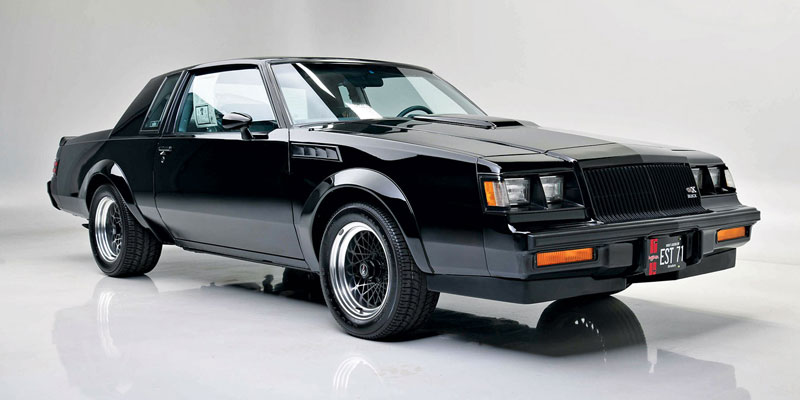
It's not uncommon for people to be interested in collecting particular items. Shoes, sunglasses, music records, and other memorabilia are among the many things some people amass. On the other hand, some people are well-off enough to be able to accelerate their purchasing power even faster than the rest of us. Occasionally, the product in question is a pricey automobile.
Cars have gradually replaced horse-drawn carriages on the roadways since the introduction of the motor. As time goes on, automakers build on what they've learned from prior models while also looking at what others have built and then applying that information to what they're working on. The consequence has been a healthy rivalry between automobile makers and a constant battle to provide the finest vehicle for the market. High-performance automobiles, capable of achieving astonishing speeds in a short period, are included in this group.
The Pontiac Catalina 2+2 of 1965
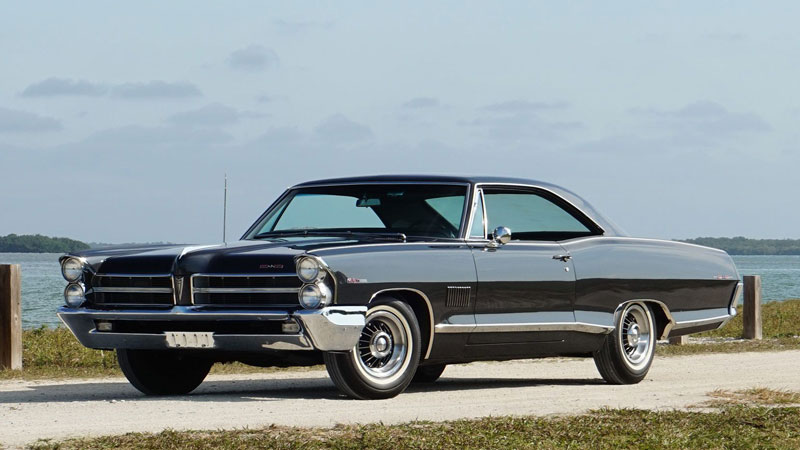
The design of the 1965 Pontiac Catalina 2+2 dates back to a time when automobile safety requirements were less stringent, making it an excellent time to build muscle vehicles like this one. Because of this relatively unrestricted work atmosphere, the Catalina, upon its appearance, was regarded as the original muscle car. Rival carmakers sought to outsell the Pontiac Catalina's sales figures with their models, making it the go-to target. More than half of all Pontiac automobiles were sent to Royal Tuning to be modified by the factory-approved parts of the facility. Though the 2+2 wasn't as popular as other Pontiacs produced at the time, it is now a sought-after collector's item for enthusiasts.
Phase III Baldwin-Motion Corvette
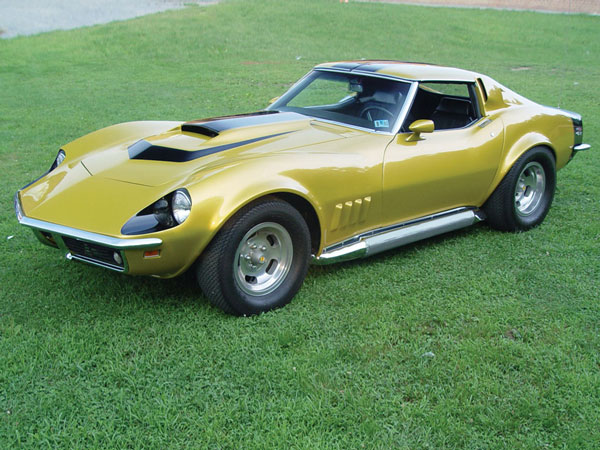
Originally conceived as a joint venture between Baldwin Chevrolet and Joel Rosen's Motion Performance, this piece of automotive history is now one of many priceless artifacts commemorating an important turning point. At Motion Performance, Rosen's speed shop across the street, Baldwin Chevrolet frequently sent a set of Corvettes so that Rosen could optimize them and develop a fast and functional all-American GT sports vehicle. Zora Arkus-Duntov, the inventor of the Corvette, eventually heard of Rosen's alterations to the automobile. Arkus-Duntov gave Rosen credit for increasing the GT's capabilities after viewing it at the 1969 New York International Auto Show (NYIAS). As time went on, the Corvette became one of the most sought-after muscle cars globally, with just six of the original models still in existence.
1960s AMX/3
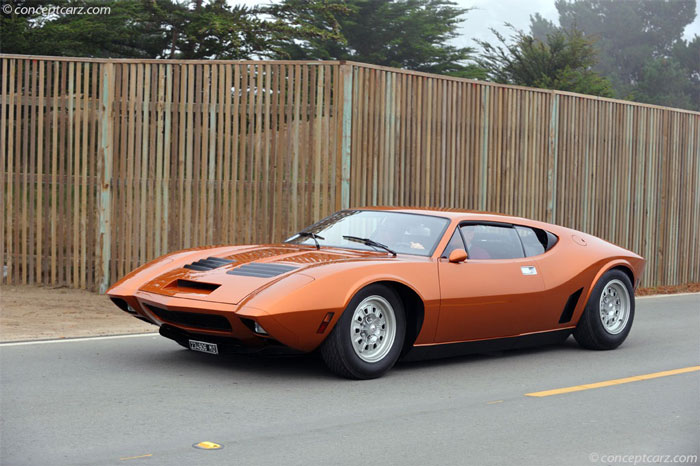
Also notable is the AMX/3's 340 horsepower, which allowed it to accelerate from zero to 60 in less than five seconds and eventually attain speeds over 170 miles per hour. The AMX/3 was an automobile that impressed automotive enthusiasts because its exterior design complemented its internal design, making it aesthetically pleasing and technologically outstanding. Unfortunately, only six AMX/3 vehicles were produced because AMC's technical expenses were too high. Three are currently on exhibit in museums, two were sold, and one is hidden away in a private garage.
Hellcat Redeye Dodge Challenger
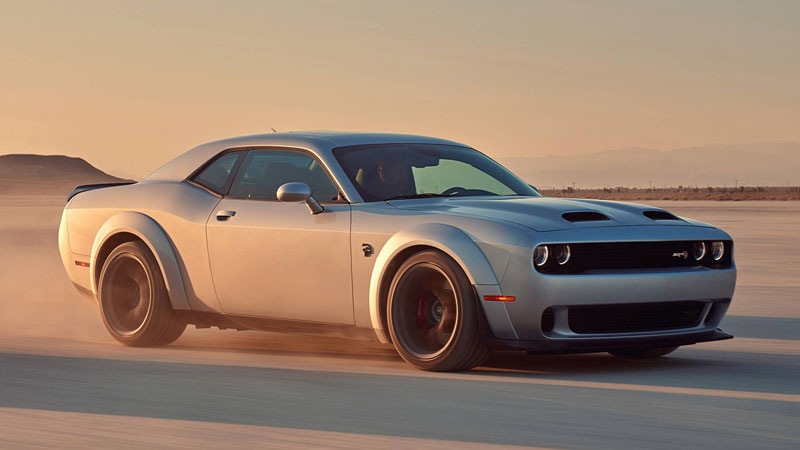
Some fans prefer to acquire older versions, while others prefer the newest offerings on the market. As a result of the vehicle's resemblance to previous Dodge models, these two worlds converge with the Challenger SRT Hellcat Redeye. It's a model that's been strengthened over time by advancements in technology, and it's said to have been built with the safety and comfort of its passengers in mind. The Hellcat Redeye is one of the most powerful muscle vehicles today, with a quarter-mile time of 10.8 seconds and fuel consumption of 16.7 gallons after 81 miles. Aside from making lane changes safer, the car's features include a hands-free, voice-activated command set, Blind-Spot monitoring, and a Forward Collision Warning system to assist the driver keep a safe distance from the vehicle in front of him.
The Barracuda of 1966 Plymouth
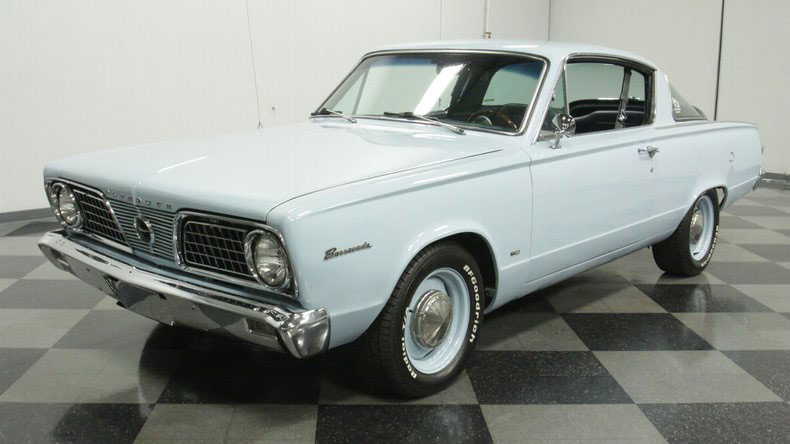
What began as a modification of Plymouth's Valiant vehicle became a well-known muscle car in its own right. The Plymouth Barracuda After starting with only 150 horsepower, the Valiant Barracuda models in 1966 were given a 235 horsepower engine and could hit 60 mph in under 10 seconds. Despite its remarkable technical characteristics, Barracuda's low profile and wide rear window make it an overall well-balanced car. Barracudas were eventually altered to boost their capabilities even further. When the 'Cuda debuted in 1969, it was equally as gas-guzzling as the Barracuda but had 330 horsepower instead.
SHELBY GT350 from 1966
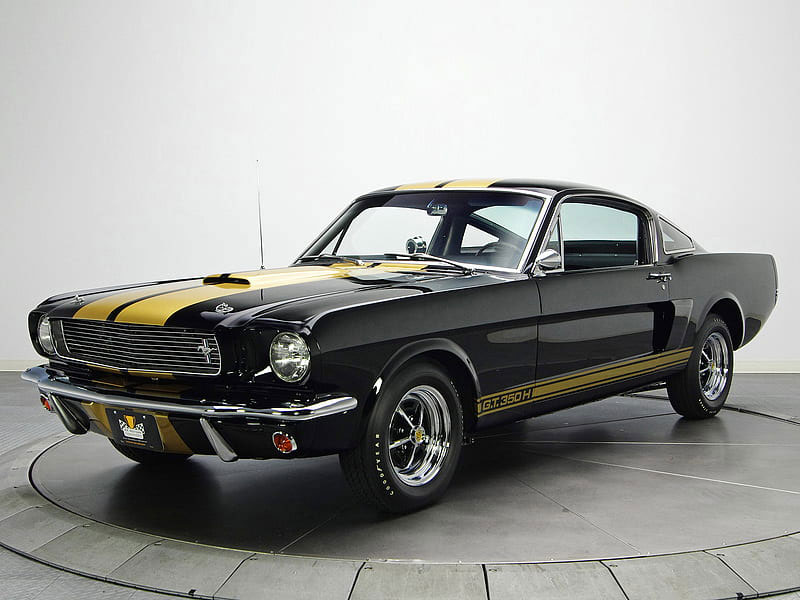
One of the most powerful sports cars ever built, the 1966 Shelby GT350 oozes strength from the inside out. After its debut, it may have given out too much power since several buyers complained that the automobile was too "hardcore." For this model, Shelby updated certain features, eliminated others, and positioned the remaining ones as optional options that buyers could incorporate with their purchases to maximize their investments. Thanks to the Paxton Supercharger, the GT350 has a 46 percent increase in horsepower. Only 12 purchasers paid for the $700 option, even though it was a notable addition to the car's design.
Z28 Chevrolet Camaro
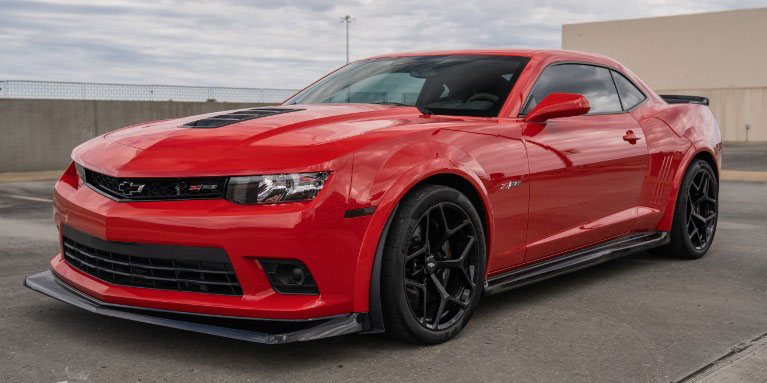
It was a dream automobile for many newly licensed drivers back in the day to own, a stunningly styled Camaro. The Z28 was and still is a popular choice among muscle car collectors, despite its comparatively modest output of 290 hp compared to other era models. Z28 was one of several factory investments that proved how skilled Chevrolet was at manufacturing physically appealing automobiles with remarkable technological features. Chevy eventually sold 602 Z28s in 1967 before selling 20,000 of the gas-guzzling beasts by 1969, indicating that the Camaro Z28 has increased in popularity over the years.
Firebird Trans am 1978 PONTIAC
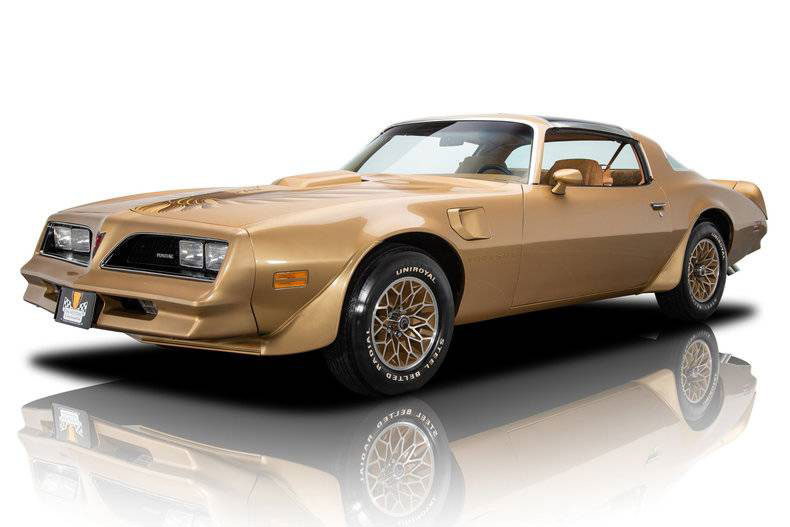
Many automakers were forced to reduce the horsepower of their latest models to compensate for the unexpected surge in petrol costs while still competing with the gradual growth of tiny automobiles. On the other hand, Pontiac's Firebird Trans Am was designed to halt the downward trend in vehicle power. Even though it looks and performs similar to the outgoing model, the Trans Am has an additional 40 horsepower to make it more than twice as powerful, with roughly 220 horsepower. Pontiac's sales of the Firebird have risen steadily since its introduction in the basic model, and the Trans Am variant accounted for more than half of all Firebirds produced in 1979.
Shelby GT500 Mustang from 1968
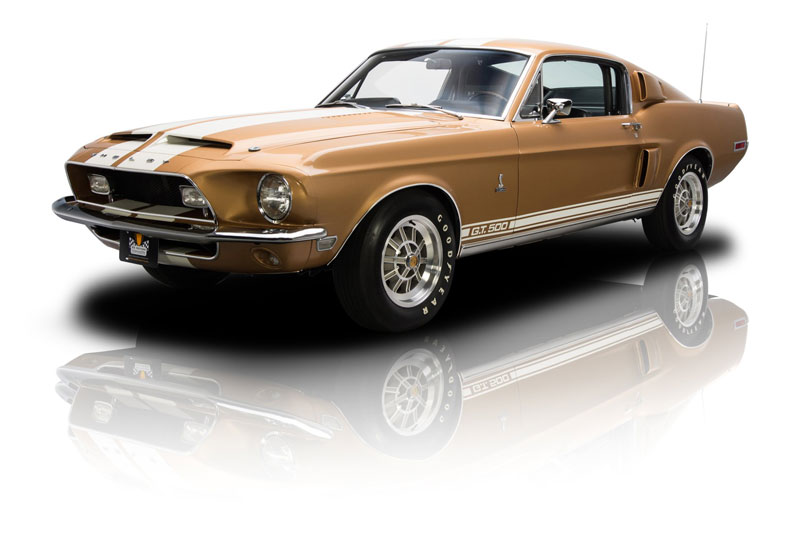
However, even though the 1965 and 1966 GT350s were already some of the best Mustangs ever built, Ford's designers still saw the potential for development. Compared to the previous model, the Mustang's GT500s have greatly enhanced their performance. After its production run, this car has managed to claim the world's most sought-after automobile. Only one 1967 Shelby convertible exists, even though convertible production restarted the following year. The other was Carroll Shelby's own "Super Snake" vehicle, capable of speeds of 170 mph. As a result, just one unit was produced and sold in 2013 for $1.3 million due to the lack of public interest.
The Daytona 1969 Dodge Charger
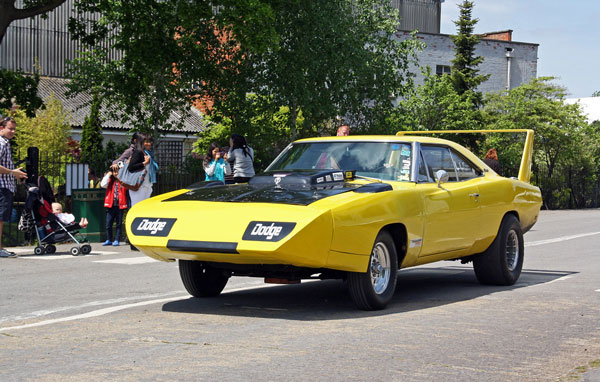
The 1969 Dodge Charger Daytona, like the 1970 Plymouth Superbird, was built to win races. Strip "The King" Weathers, voiced by NASCAR Hall of Famer Richard Petty, is based on the design of the Superbird, which was used in Pixar's Cars as the foundation for the character's design. Due to its focus on speed and air resistance, the Daytona was able to win a series of races and become the first NASCAR car to go over 200 mph in a race. However, Daytona was so successful in NASCAR that it prompted the creation of new regulations. For future races, the new regulation effectively prohibits it. There were only 503 of the Daytonas ever produced, making it a highly limited edition model.
1984 Chevrolet C4 Corvette
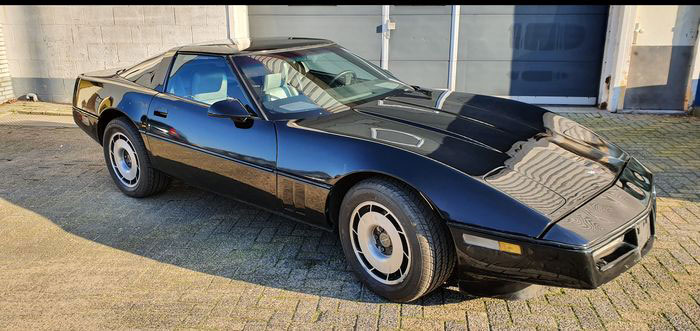
Due to its sleek style and incredible speed, Chevrolet's Corvette C4 muscle vehicle drew lovers' attention. The Corvette C4's manufacturing spanned from 1984 to 1996, and each new modification made the muscle vehicle even better. The C4 Corvette is one of Chevrolet's most important investments and contributions to the car industry. Design, technological features, and driver and passenger safety were all improved with each subsequent unit produced by the business. The modified Callaway Sledgehammer Corvette C4 with twin-turbo engines, capable of 254 mph, is one of numerous Corvette C4 variations. Only 500 SledgeHammer and other twin-turbo Corvettes were built, making them desirable collectibles for fans.
Dart 426 Hemi 1968
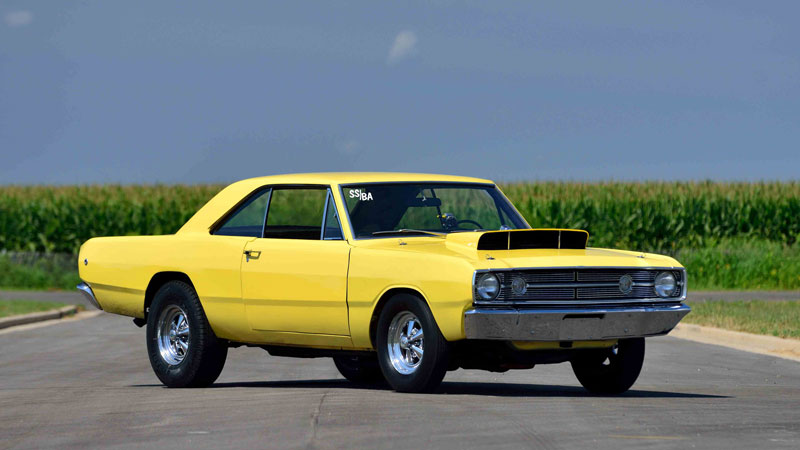
Usually, an automobile needs to be altered before it can be utilized for a certain purpose, especially if it will be raced. The Dodge Dart 426 Hemi, on the other hand, required little to no modification because it was built to win drag races. The Hemi Dart's creation was no small feat. The requirement to switch between two engines wasn't the only consideration. Many stock Dart components were either deleted or replaced to make the car more aerodynamically efficient. After its debut, the Dodge Hemi was capable of 130 mph in 11 seconds, but several racers could accomplish better times when it was their turn to step on the throttle. It was only produced in a limited run of about 80 pieces.
1969 Ford Mustang Boss 429

The iconic look and excellent features make Ford's Mustang one of the most renowned muscle vehicles ever produced. The most popular of the Mustang's Boss 429 models may be the Shelby GT500.. Modifications had to be made to the standard Mustang's engine room to attain the Boss 429's now-impressive reputation for power. The Boss 429 looks good from the inside and out, but it also has the power to get from 0 to 60 mph in under 13 seconds. Because there were only 1,358 of the Mustangs manufactured, they generally sell for at least $500,000.
Oldsmobile 442 of 1970

Nothing could have prepared us for what the Oldsmobile 442 would become at its height. A sports coupe, hardtop coupe, and convertible were all options for the 442 throughout its tenure on the market. A substantial portion of the exterior design was altered, but the three retained many of the same characteristics. Oldsmobile's 442 became a classic among the numerous muscle cars it produced due to the company's investments and dedication to producing high-quality automobiles. After all the improvements were completed, the 442 was able to produce 360 horsepower and accelerate from 0-60 mph in just over six seconds, making it a standout among Oldsmobile's models.
Copo Camaro From The Year 1969
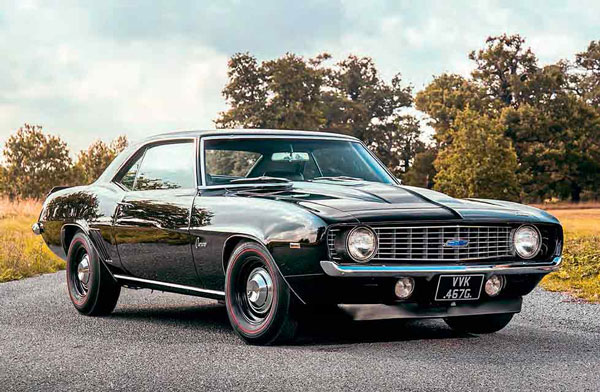
To acquire the Central Office Production Order Camaro was a remarkable experience, especially because it was never meant to be offered to the general public. For police officers and cab drivers, the COPO Camaro was originally supposed to be the vehicle of choice. Regular customers were eventually able to purchase it, although significantly higher.
As one of the most popular automobiles, the COPO Camaro was important in Chevrolet's success. Due to their intensive usage in drag racing, many of the COPO Camaro units did not last long. The surviving working ones became rare, like pieces of treasure for vehicle collectors—and the ones still in excellent form are even more expensive.
1987 Buick GNX
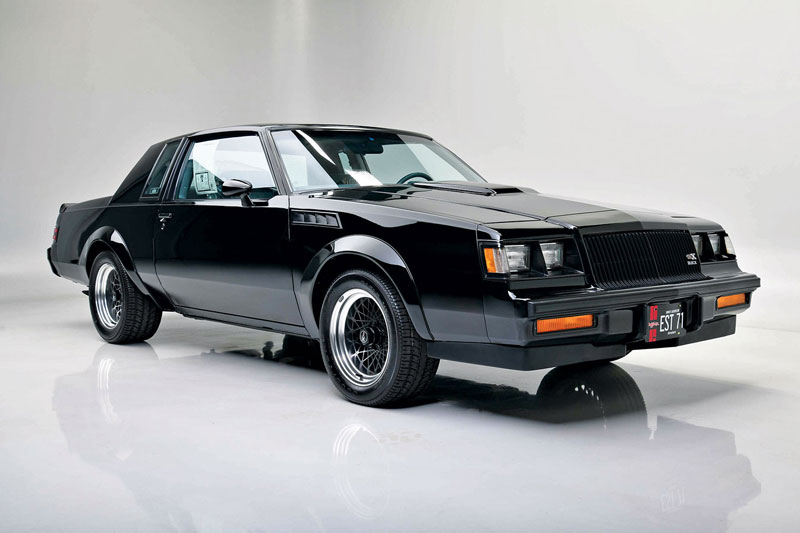
Buick's GNX reignited the '80s muscle car enthusiasm when the '60s and '70s passion had faded for many consumers in the general public. First, Buick built a few prototypes, but they didn't immediately begin selling the vehicle. Rather, as a marketing ploy, they let folks stomp on the gas and take it on a joyride around the neighborhoods. One of the units was eventually utilized in a dirt race. Following its victory in the race, the Buick GNX attracted much attention from fans who saw it in action and spread the word about its outstanding capabilities. There were only 547 of the GNXs manufactured since they were made as an homage to the earlier Grand National models from Buick.
1970 Chevy Chevelle LS6

A long-standing rule prohibiting mid-size automobiles from having engines greater than 400 cubic inches has been relaxed by General Motors for the benefit of its carmakers. Because of this, the company's muscle car business went all in and invested heavily in developing newer, more powerful models. This was one of the numerous muscle vehicles born during this resurgence. The Chevelle LS6 had a maximum horsepower of at least 450 and a top speed of 60 mph in about 5.4 seconds, beating the Corvette's previous high-performance model. Even with today's bigger tires, the Chevelle LS6 can set new speed records, despite being first tested with thin tires. The LS6 has the highest factory horsepower rating of any muscle vehicle.



